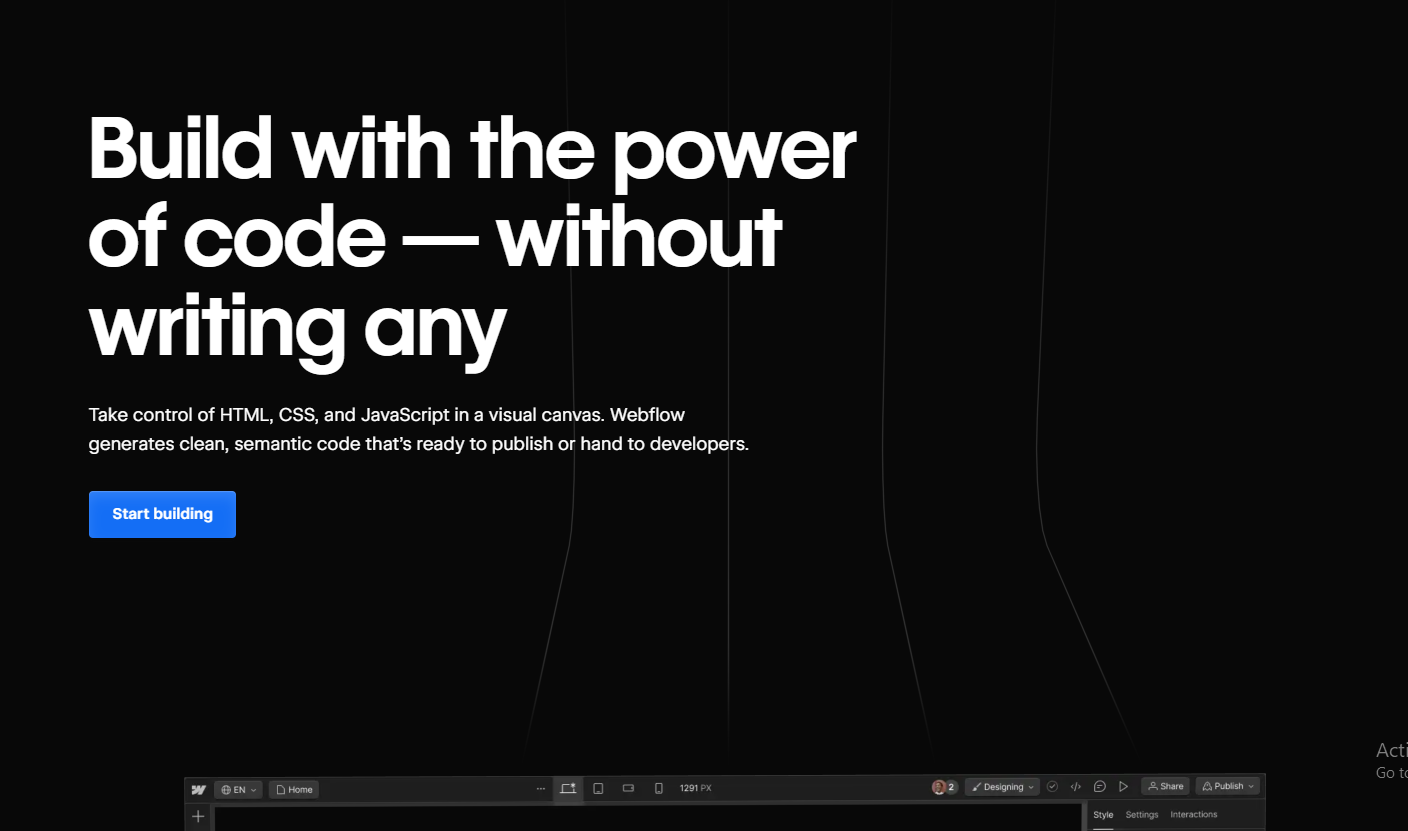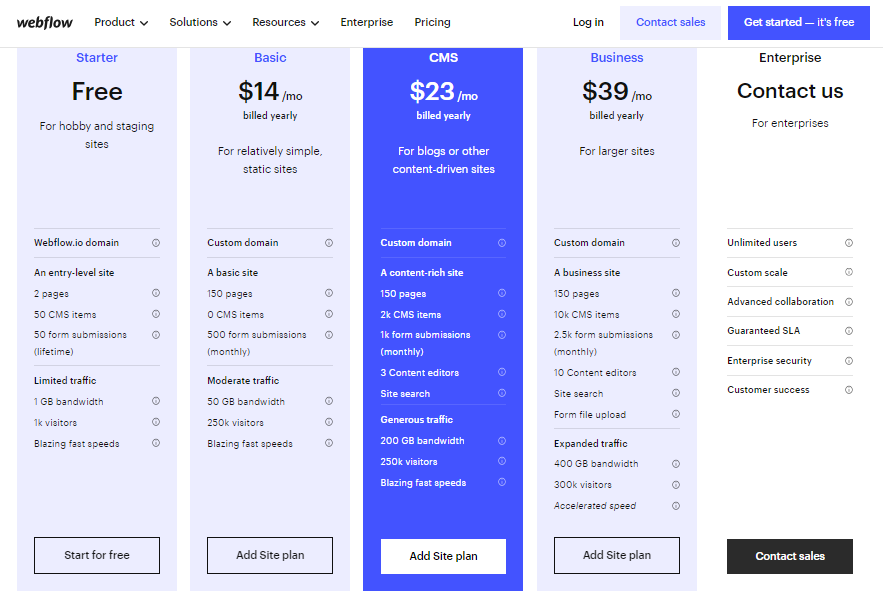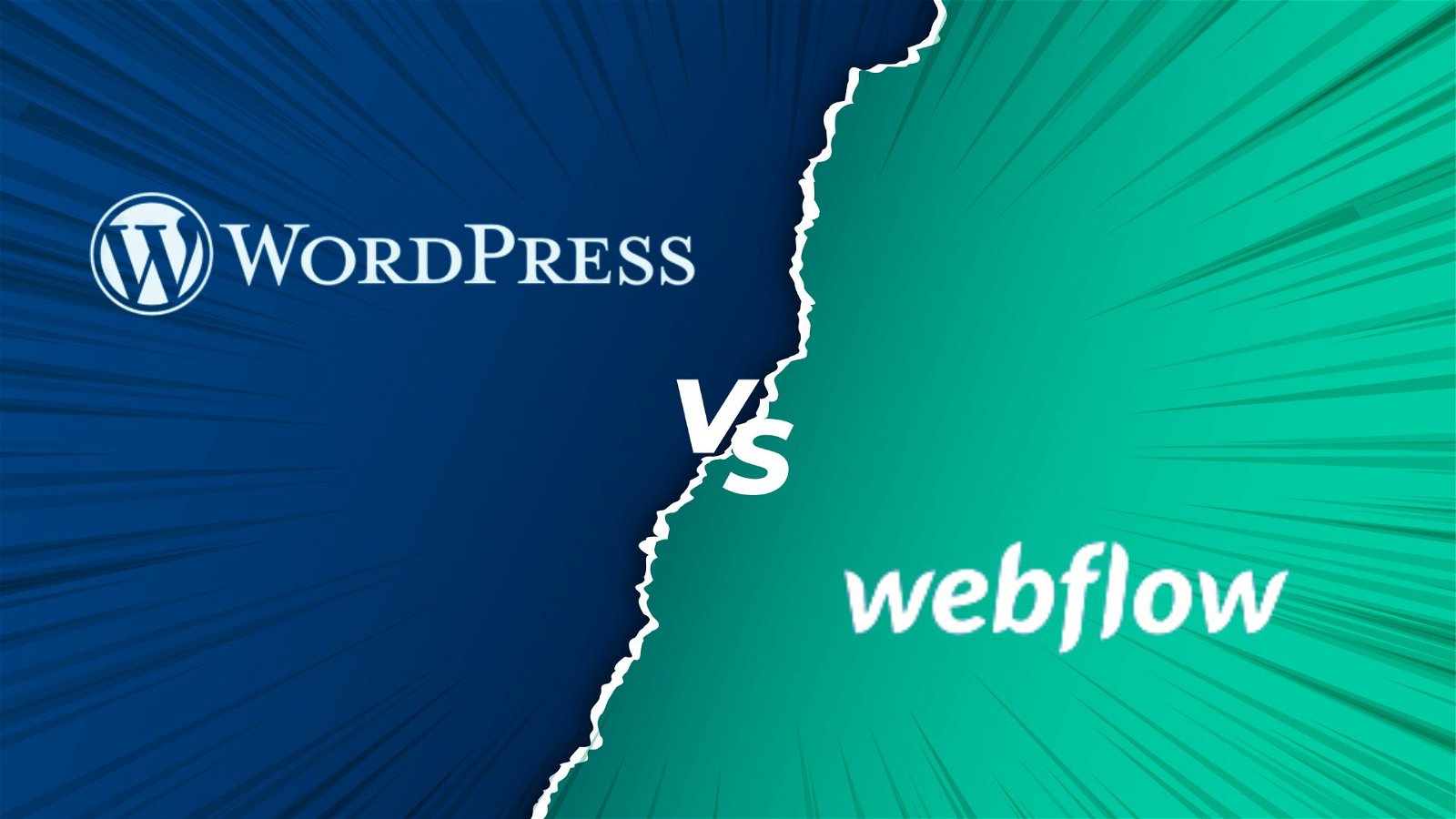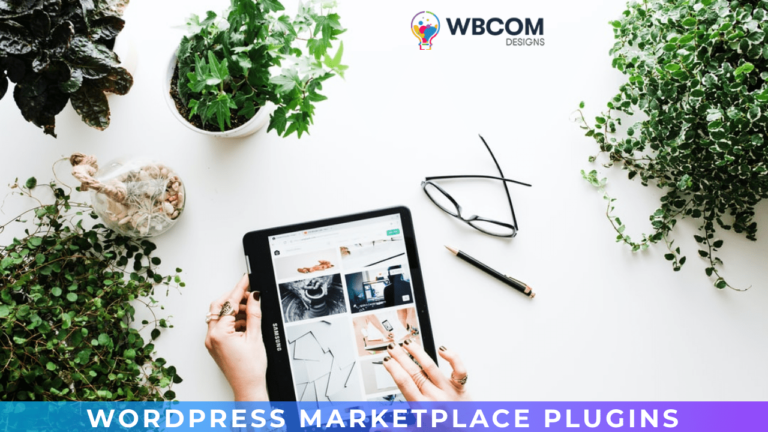Are you looking for a perfect website development and now you are stuck between Webflow and WordPress? Let me help you with your confusion, I will explain the benefits and features of both platforms that will you choose your perfect website development.
Webflow and WordPress are both popular website development platforms, but they have different strengths and use cases. The choice between them depends on your specific needs and preferences.
Definition of a Perfect Website Development Platform
Before knowing Webflow and WordPress, you should know what things you need to look for a perfect website development platform.
The idea of a perfect website development platform can vary depending on individual needs and preferences, but here are some characteristics and features that many people would consider important when choosing a platform:
Ease of Use: A perfect platform should be user-friendly, with an intuitive interface that allows both beginners and experienced developers to create websites easily. Drag-and-drop builders, visual editors, and clear navigation are key components.
Customization: The platform should offer a high degree of customization. Users should have the freedom to design and structure their websites according to their unique vision and brand identity.
Scalability: It should be able to accommodate websites of all sizes, from simple blogs to complex e-commerce sites and large corporate portals. Scalability ensures that the platform can grow with your needs.
Performance: Websites built on the platform should load quickly and perform well. This includes optimized code, image compression, and other performance-enhancing features.
Responsive Design: The platform should support responsive web design, ensuring that websites look and function well on various devices, including smartphones and tablets.
SEO-Friendly: An ideal platform should have built-in SEO features or allow for easy integration with SEO plugins. This helps websites rank well in search engines.
Security: Security is paramount. The platform should have robust security features and a good track record of protecting websites from common threats like hacking and malware.
Community and Support: A strong user community and good customer support are essential. This ensures that users can find help when they encounter issues or have questions about using the platform.
Third-Party Integrations: It should support integrations with third-party tools and services, such as payment gateways, marketing automation, and analytics tools. This allows for greater functionality and flexibility.
Cost-Efficiency: The platform should offer transparent pricing that aligns with your budget. It should also provide value for the features it offers.
Regular Updates: The platform should receive regular updates and improvements to stay current with web technology trends and security standards.
Content Management: If it’s a content-driven website, the platform should have a robust content management system (CMS) that allows for easy content creation, publishing, and management.
E-commerce Capabilities: For online stores, the platform should support e-commerce features, including product catalogs, shopping carts, and secure payment processing.
Analytics and Reporting: Built-in analytics tools or easy integration with popular analytics platforms should be available for tracking website performance and visitor behavior.
Compliance: The platform should comply with web accessibility standards and regulations to ensure inclusivity.
Multilingual Support: If your target audience is global, multilingual support can be crucial for reaching a wider audience.
Data Backup and Recovery: Automated data backup and recovery options can protect your website’s content and functionality in case of unexpected issues.
Also read: Best Tools for Web and Graphic Designer
WebFlow Vs. WordPress
Webflow and WordPress are both website-building platforms. WordPress, with over 17 years of history, enjoys widespread popularity among developers, web designers, marketers, bloggers, and businesses alike.
WordPress

WordPress is the most popular content management system (CMS) globally, powering over 40% of all websites on the internet. This statistic can fluctuate, so it’s essential to check the latest data for the most accurate figures. There were over 75 million websites using WordPress at that time. The WordPress Plugin Repository hosts over 58,000 free plugins, providing users with a wide range of functionalities to add to their websites. There are thousands of free and premium WordPress themes available for users to customize the design and layout of their websites.
WordPress is used all around the world and supports content in numerous languages. It has a global community of users and developers contributing to its growth and development. WordPress has made efforts to become more mobile-friendly, reflecting the growing use of smartphones and tablets for internet access. WooCommerce, a popular e-commerce plugin for WordPress, powers a significant percentage of online stores and websites with e-commerce functionality. WordPress takes security seriously and regularly releases updates to address vulnerabilities. Users are encouraged to keep their installations up to date and implement security best practices.
WebFlow

Webflow provides a user-friendly, visual interface that allows designers and developers to create websites visually. You can design web pages by dragging and dropping elements, making them accessible to those without coding expertise. Webflow emphasizes responsive web design, ensuring that websites look and function well on various devices, including desktops, tablets, and smartphones. Users can preview and adjust layouts for different screen sizes.
Webflow offers a content management system (CMS) that allows users to create dynamic content-driven websites. This feature is suitable for blogs, news sites, portfolios, and other content-heavy websites. Webflow provides hosting services for websites created on its platform. Users can choose between Webflow’s hosting or export their site code to host it elsewhere.
Webflow allows users to create complex interactions and animations without coding. This feature enhances user engagement and adds a dynamic element to websites. Webflow has a community of designers, developers, and agencies who share templates, components, and code snippets. This ecosystem enhances the platform’s capabilities.
Also Read: 8 Tools That Help Designers Build Stunning Websites
Pricing
WordPress
As open-source software, WordPress makes its source code freely accessible to anyone. This means that developers, designers, and users can view, modify, and distribute the underlying code that powers WordPress. This transparency allows for greater flexibility and customization of the platform.
WordPress software is 100% free.
Webflow
Webflow offers a range of pricing plans to accommodate different needs, from individual bloggers and freelancers to businesses and teams. Here’s an overview of Webflow’s pricing structure:
Free Plan:
Cost: Free
Features:
- Basic website hosting with a Webflow subdomain (your-site-name.webflow.io).
- Limited to 2 static project sites.
- Essential design and CMS features.
- 500 monthly visits per site.
- Webflow branding on your published sites.
Basic Plan:
Cost: $14 per month (billed annually) or $24 per month (billed monthly)
Features:
- Custom domain hosting (connect your own domain).
- No Webflow branding on published sites.
- Basic site staging for testing changes before publishing.
- Additional CMS items and form submissions.
- 25,000 monthly visits per site.
CMS Plan:
Cost: $23 per month
Features:
- All Lite plan features.
- Client billing (white-label client billing for your sites).
- Advanced site interactions and animations.
- Site search functionality.
- 100,000 monthly visits per site.
Business:
Cost: $39 per month (billed monthly)
Features:
- All Pro plan features.
- Collaboration and team management tools.
- Easy sharing and collaboration on projects.
- Team dashboard for managing multiple projects.
Enterprise Plan:
Custom pricing
Features:
- Tailored to the needs of larger organizations.
- Advanced security and compliance features.
- Priority support and dedicated account management.
- Custom service level agreements (SLAs).

Conclusion
WordPress is a powerful and versatile open-source content management system (CMS) that has revolutionized website creation and management. Its open-source nature, coupled with a thriving global community of developers and users, has made it the platform of choice for a wide range of individuals, businesses, bloggers, and organizations.
WordPress offers several key advantages such as It is free to use and download, making it accessible to users with various budgets and needs. Its flexibility allows users to create highly customized websites for a variety of purposes, from blogs and e-commerce stores to corporate websites and web applications. Users benefit from transparency in code, which leads to faster identification and resolution of issues, security vulnerabilities, and updates.
For me, WordPress is the winner, I hope this blog also helped you with your confusion and you know now which platform to go with.
Interesting Reads:
Webflow Designer Vs. CMS: Which Tool Is Better For Building Complex Websites?







